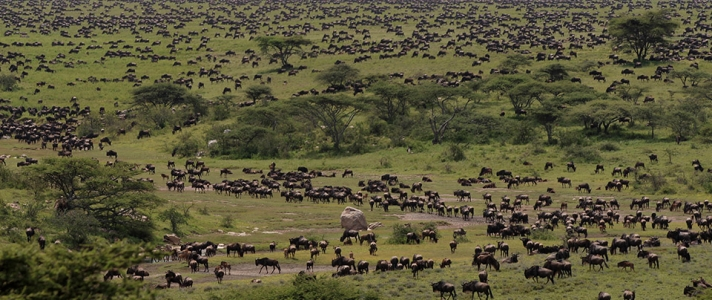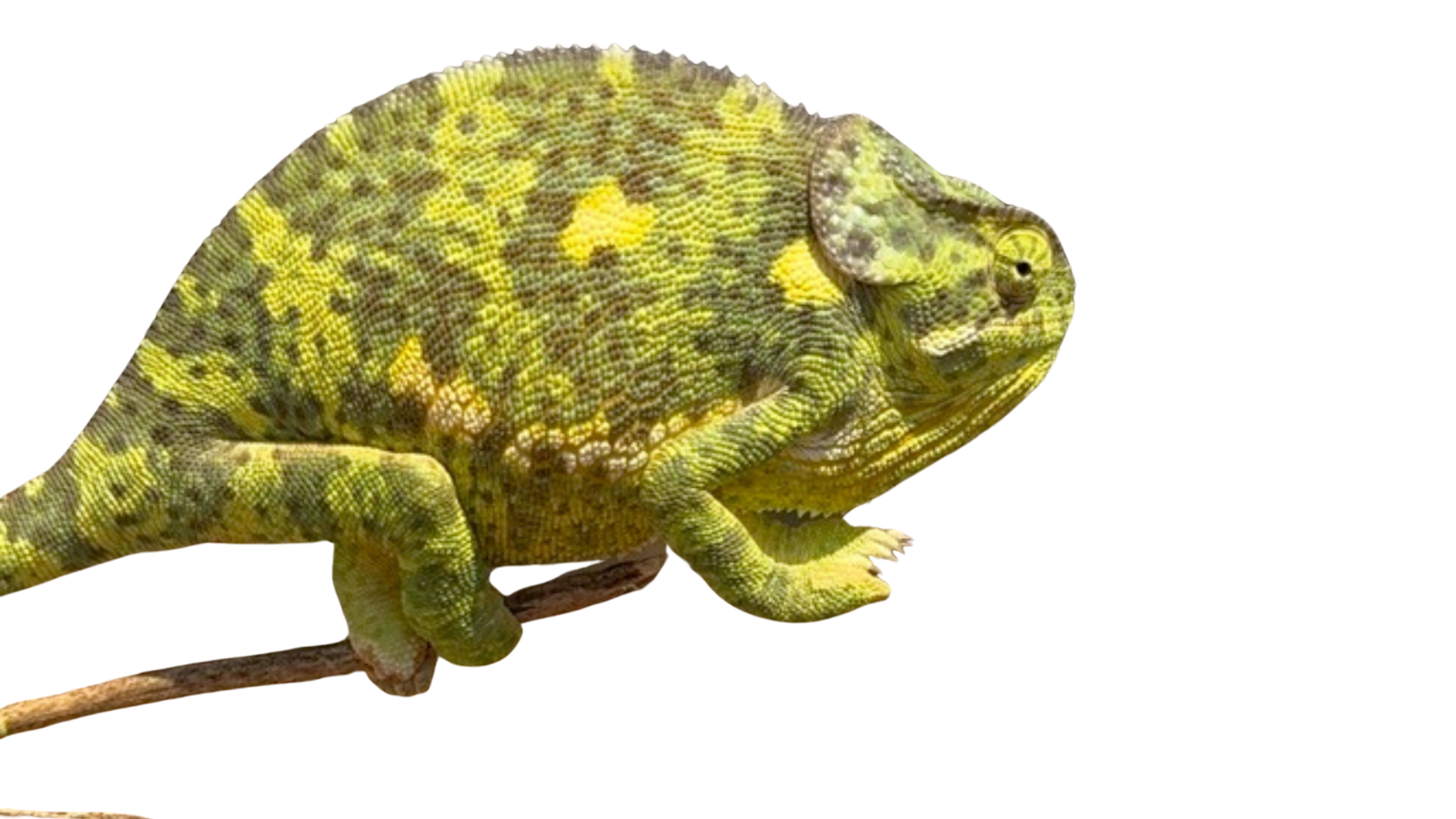In order to successfully to mimic nature, we need to look to nature. But not just any old nature, a really natural nature. That is why we are continuing our look at the grazing ecosystem of the Serengeti. That is what comes naturally to me. What does not come naturally to me is a discussion about what actually happened on the ranch this week. Which I guess means that it is time for the Almanac Section.
So, things are a little crazy. We are trying to finish up the house we have been building. And quick because the baby is due on December 2nd. I have been walking around all hunched over cause I threw out my back. I think I did it when I was running around like an idiot chasing our goats. With a two-year-old on my shoulders.
We are going to be shipping more cattle this week. On Tuesday I was lazily moving the cattle, glad to not be assembling Ikea cabinets for two hours. It was easy. Too easy, because when I got to the place where the ditches go three different ways and the cattle have to go over the crossing, I must have been daydreaming about grass heights in the Serengeti and elephants. About half the cattle went over the crossing. The other half followed the rest of the cattle, on the wrong side of the ditch. I was still thinking that I had everything under control until the cattle got to the place where the ditch turns to the north. Then all the cattle were going in the opposite direction of the only ditch crossing, including the cattle on the wrong side of the ditch, and I was back to running around like an idiot. I think this is a good metaphor for how we eco-grazers have approached the task of creating grazing management that is in-line with natural patterns. I would explain further but this section is strictly a no-metaphor zone.
As the Serengeti really starts to dry out, the herds move into the tall grass savanna regions at the northern end of the ecosystem. But there is something different about this region; it already has a lot of animals in it.
Here on the northern end of the Serengeti, there is a lot more rain and more of the rain falls in the dry season. As a result, there are thousands of zebra, wildebeest, and other antelope that don’t bother to migrate. In addition, there are 50,000 African buffalo. In the Serengeti, buffalo don’t migrate.
There is the Ngorongoro Crater in the far Northeastern portion of the Serengeti. The Crater is a perfect candidate for a land where time forgot. It is a two thousand foot deep caldera, and when you descend down into it, you can just barely see the other end. These steep walls are a very effective fence, keeping all the grazing animals confined to this 600,000-acre land where time forgot. When I was there, I looked around as best I could to try to get clues, but there is a limit to how much you learn like that. Again we need more data. The animals definitely move around, but they move around so much that they are back where there started by the day after tomorrow. All in all, maybe a quarter of the animal units in the Serengeti don’t migrate, even in this quintessential migratory landscape. In conclusion, for some reason, it has never occurred to us casual eco-grazers that continuous grazing could very well have been a significant component of grazing in the land of Eden. I think we earn the title casual “eco-grazer” since it never occurred to us.
McNaughton gives us insights into a similar question by looking at the total amount of green material that the different species on the Serengeti consume. Surprise, surprise, these wild herds really didn’t like dry leaves, and they hate dry stems. The animals that serve the closest comparison to our cattle, wildebeest and Cape buffalo, ate practically no dry leaves in the wet season. Even in the dry season, wildebeest maintained a diet of 58% green leaves, and the non-migratory buffalo maintained a diet of 72% green leaves even in the dry season. This despite the fact that green leaves are pretty rare at this time of year. Of all the animals in the ecosystem, only the zebras ate a significant component of dry grass stems, and even then it was only in the dry season and dry stems only made up 10% of the diet.
In addition, McNaughton kept careful track of the plant heights that all the different animals in the ecosystem preferred. There was a very close correlation between the size of the animal and the height of vegetation that they preferred. The Thompson’s gazelle grazed plants that averaged less than three inches high. These gazelles are similar to sheep in grass preference. Wildebeest on average ate 4.5 inch high vegetation, and we could use this as a pretty good comparison for our stocker cattle. Zebras and cape buffalo on average ate vegetation that was 15 and 17 inches high respectively. That is not really very tall for the animals that are supposed to be the ‘tallgrass grazers.’ The buffalo level could be a good benchmark for a cow/calf operation and the zebra level a good benchmark for our fledgling stocker pony industry.
I suspect that if McNaughton had included rhinos and hippos, grazers that once had a role in the ecosystem even if they do not currently, things wouldn’t correlate so nicely. Rhinos and hippos like grass that is probably around that 4.5-inch mark. But if he had thrown elephants in his analysis, the pattern would probably have been maintained. Which poses the question; how would the Serengeti migration be different with elephants? In the seventies, Northern Tanzania was hit very hard by the second big pulse of the ivory trade. All but a handful of elephants were wiped out in the whole ecosystem.
In the modern Serengeti, smaller animals go farther into the dry country during the dry season. Gazelles go farther south than wildebeest, which go farther south than the zebra, which go farther south than Cape buffalo, which don’t go south at all. How would elephants fit into this pattern? The mid-grass regions of the ecosystem currently receive no grazing pressure in the wet season. Is this because elephants, the animal that should graze those regions, is more or less locally extinct? In the wet season, would the elephants keep pushing past the zebras into even wetter territories? But Serengeti National Park was designed to contain the wildebeest and zebra migrations. Wetter areas have been thoroughly settled and farmed. You can start to imagine how hard it can be to fully contain a complete grazing ecosystem. This could give us clues as to how migrations on other African game parks broke down, despite having what might seem like a lot of land.
Next week I am going to go through some of the take-home lessons from McNaughton’s Serengeti paper for us grazing managers looking to re-jigger their grazing. Unless of course, a baby comes, the cattle shipping goes haywire, or Ikea does not include enough of those wooden pegs.

